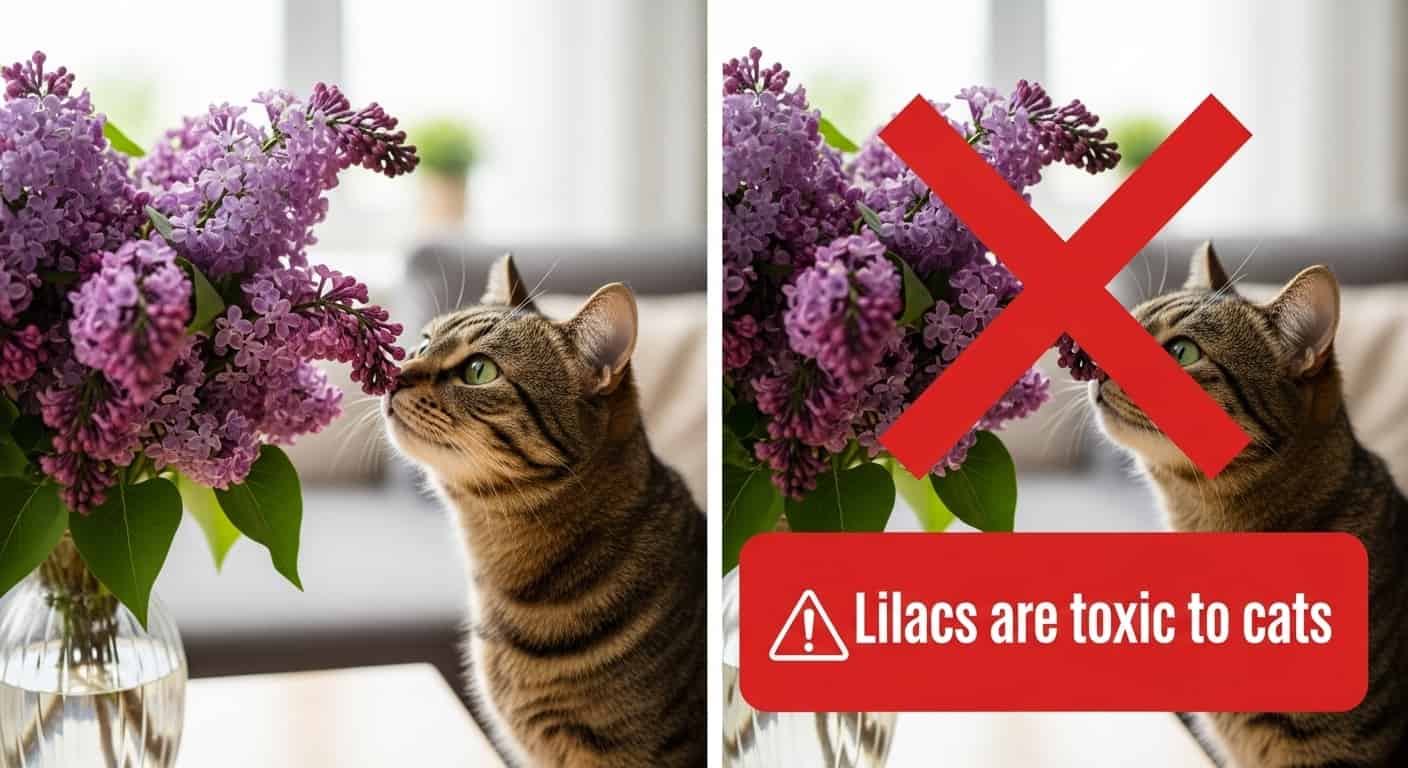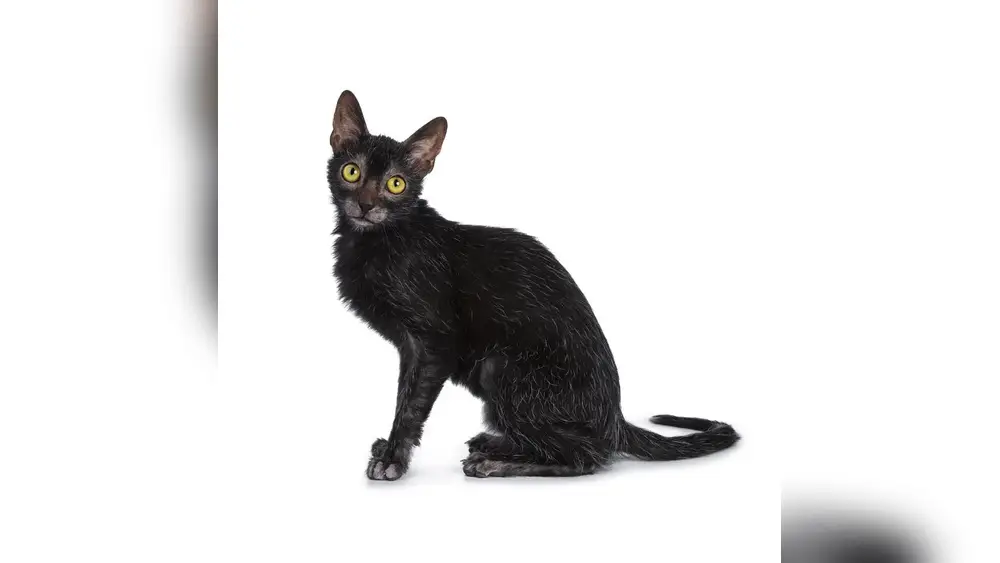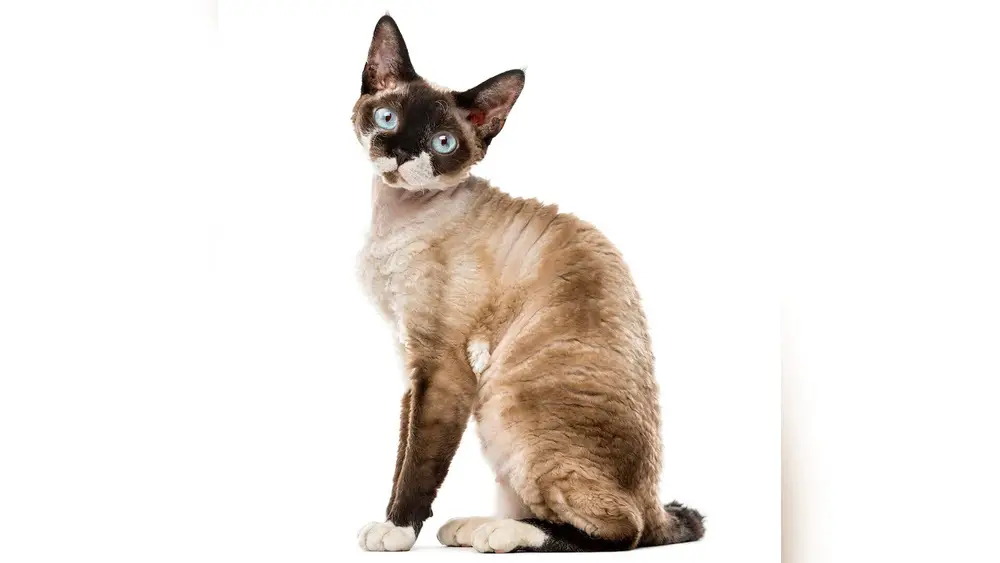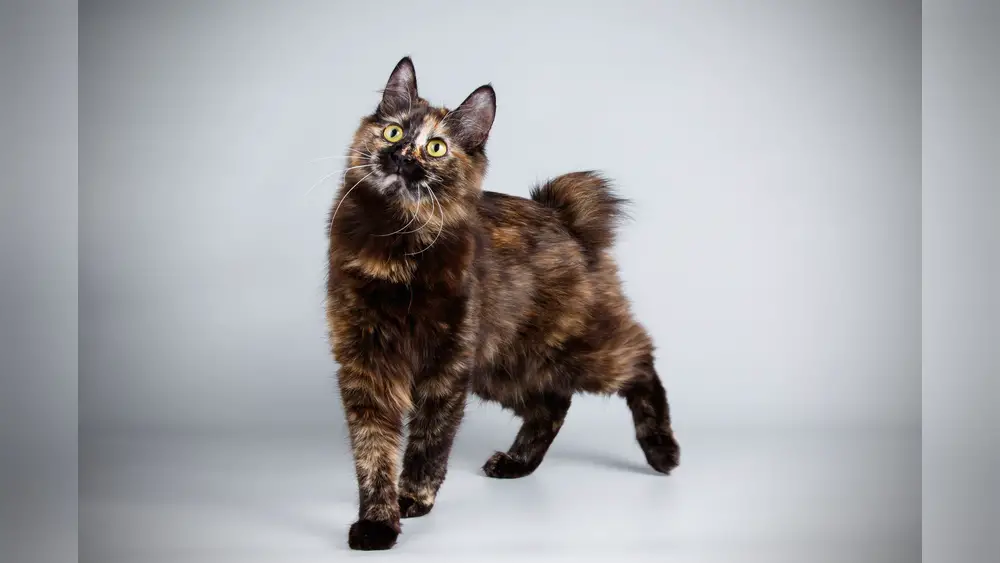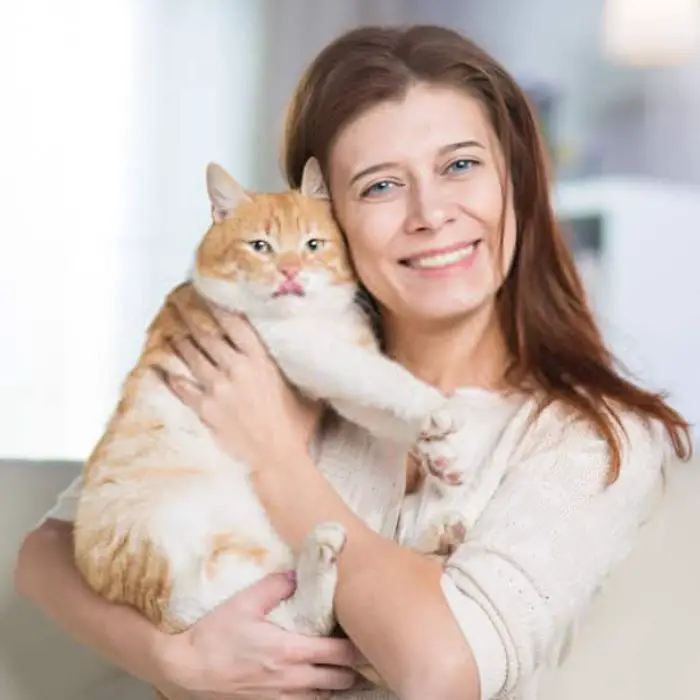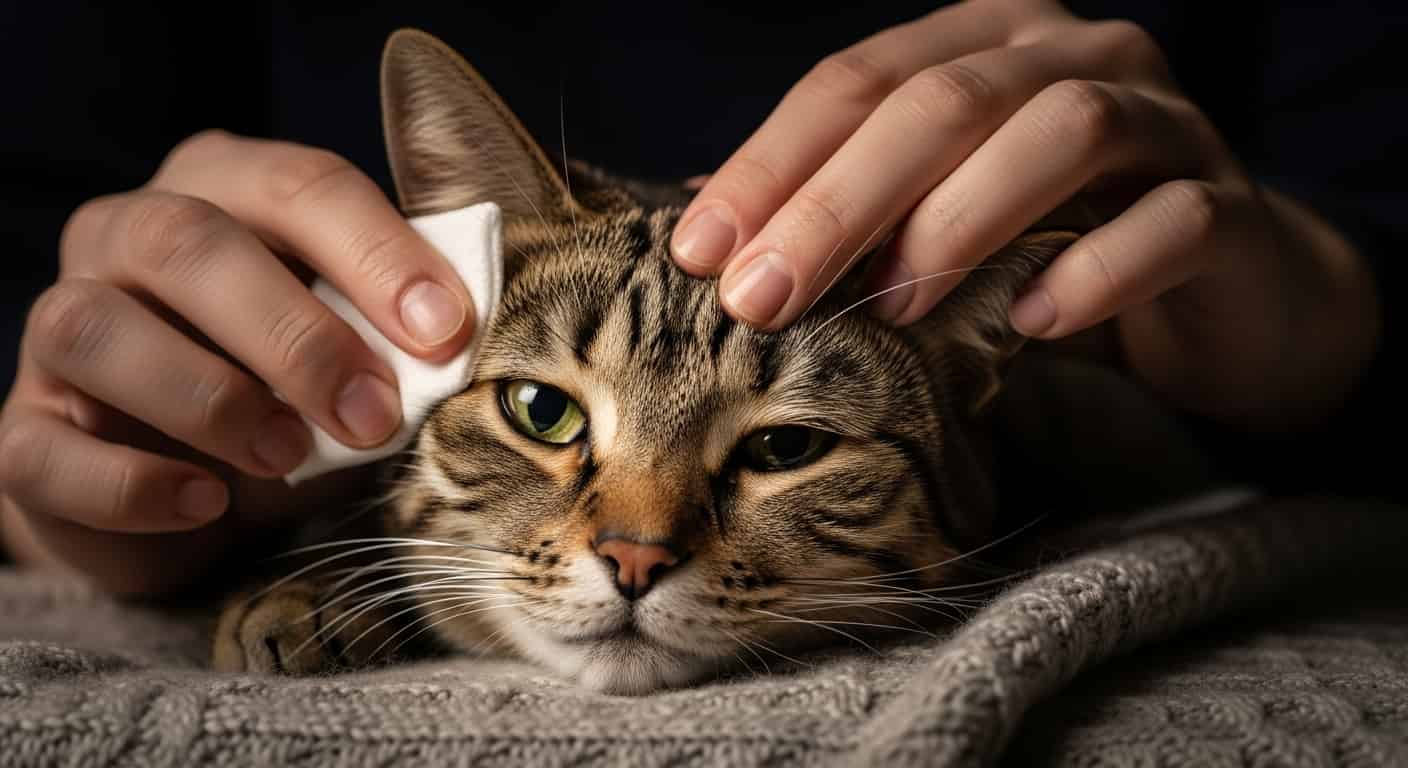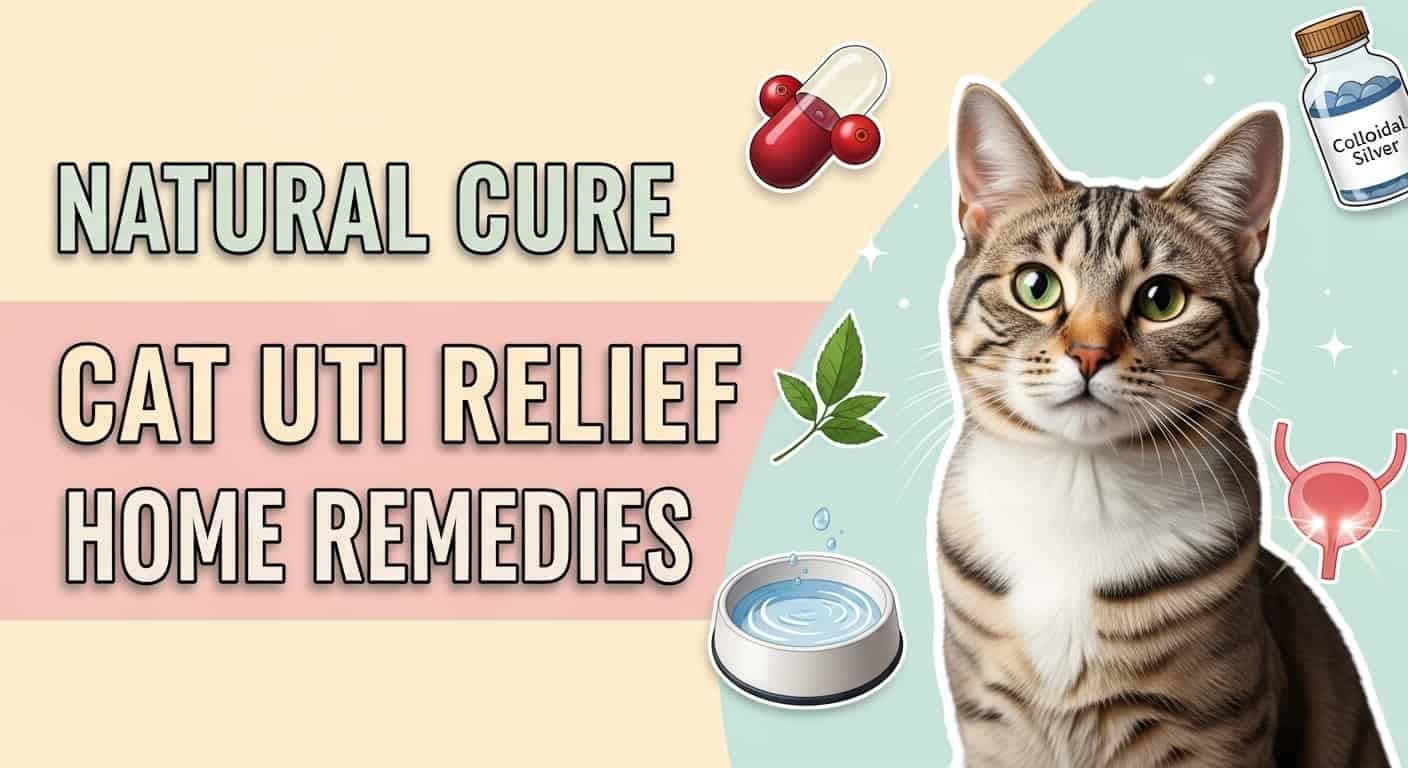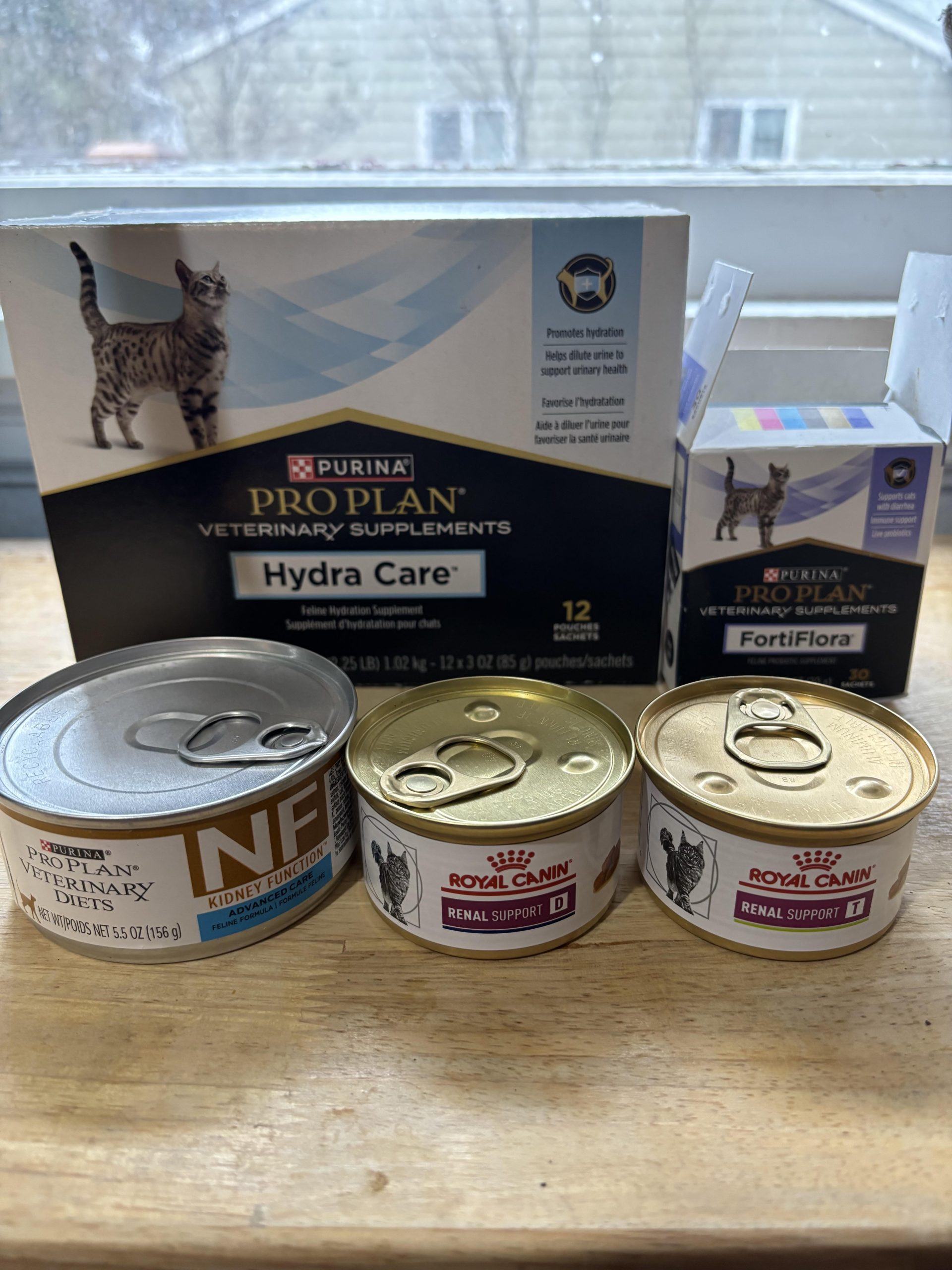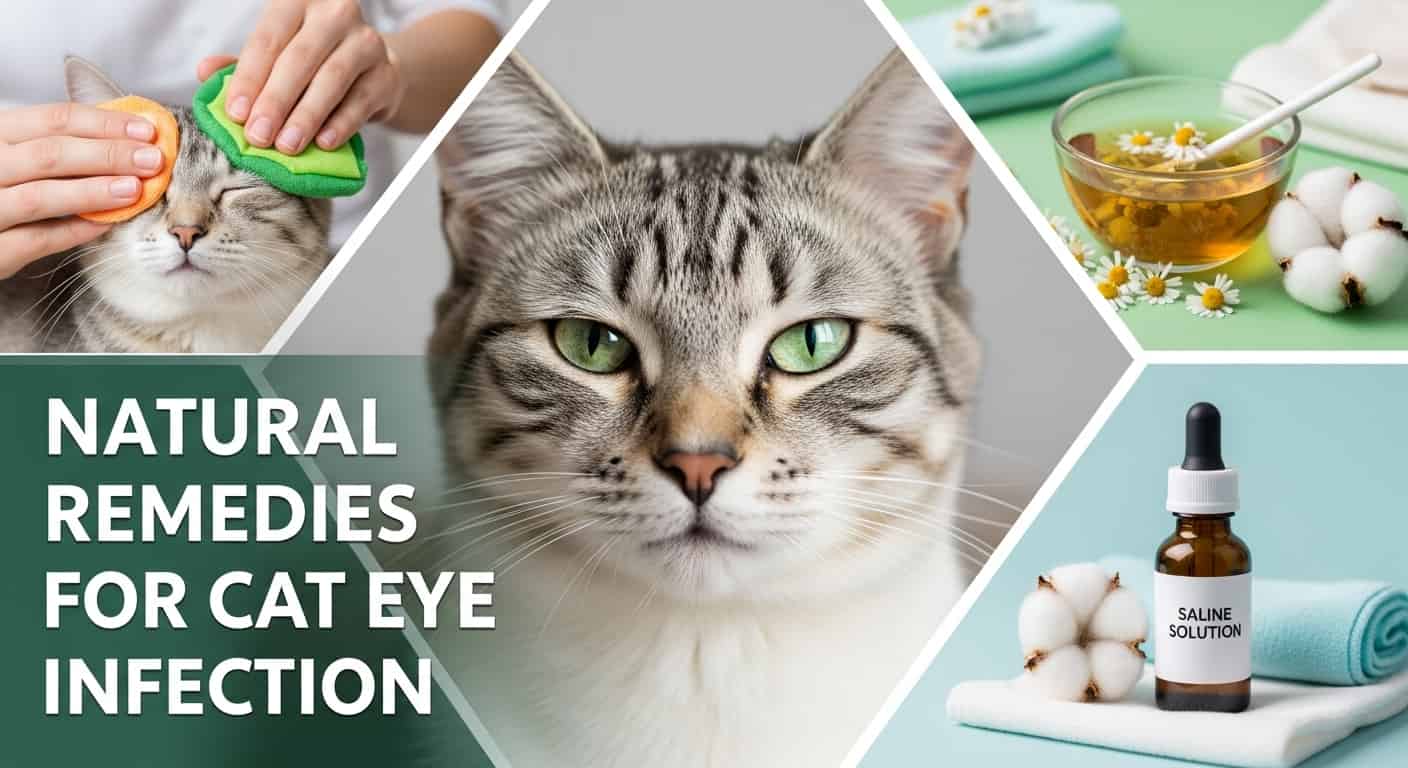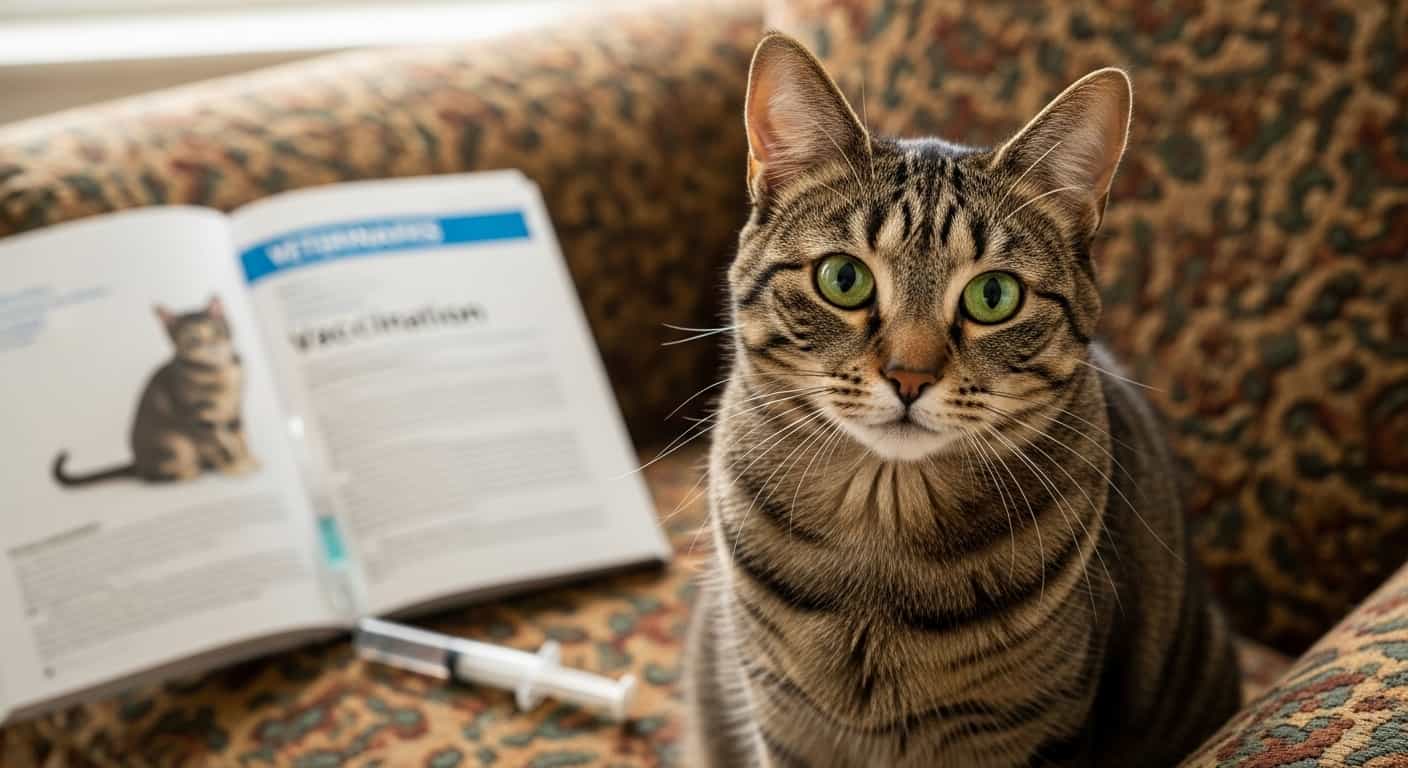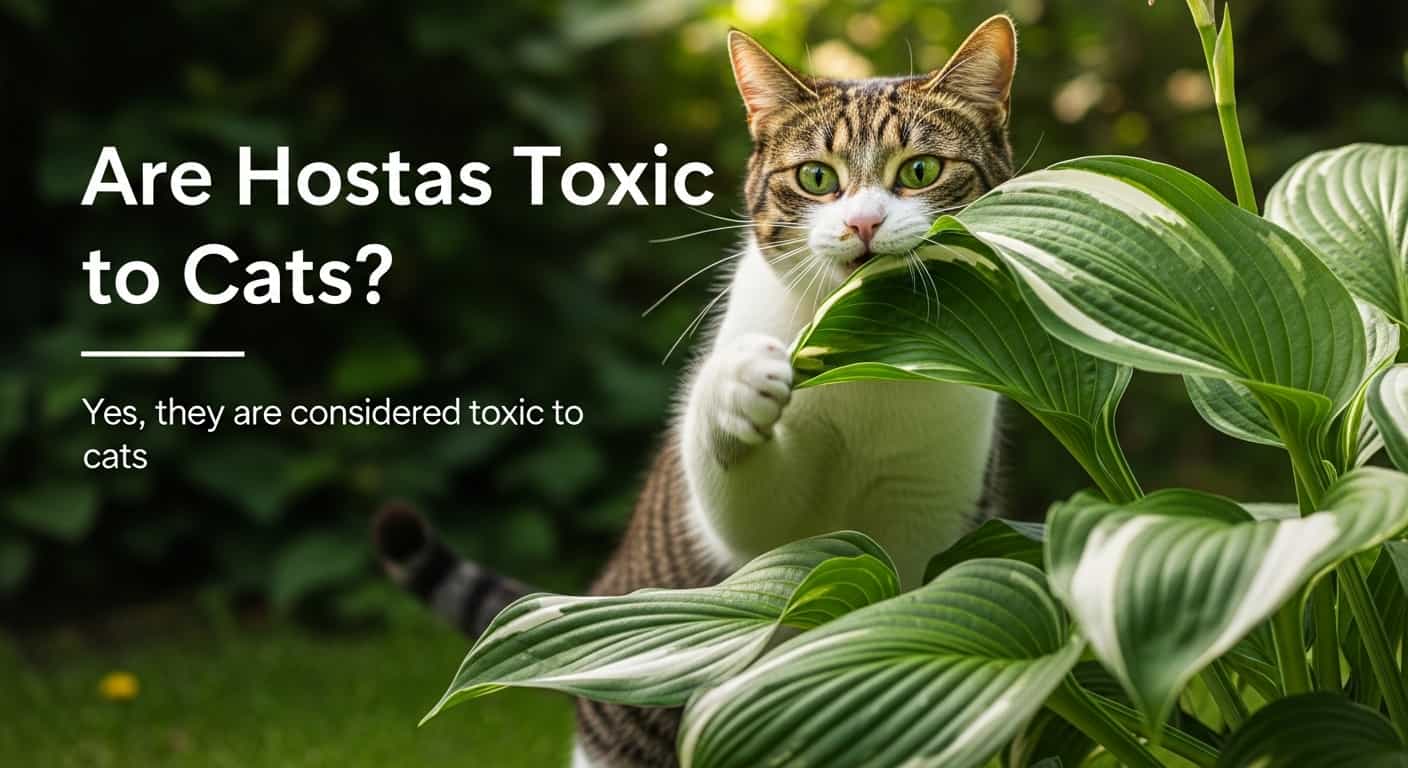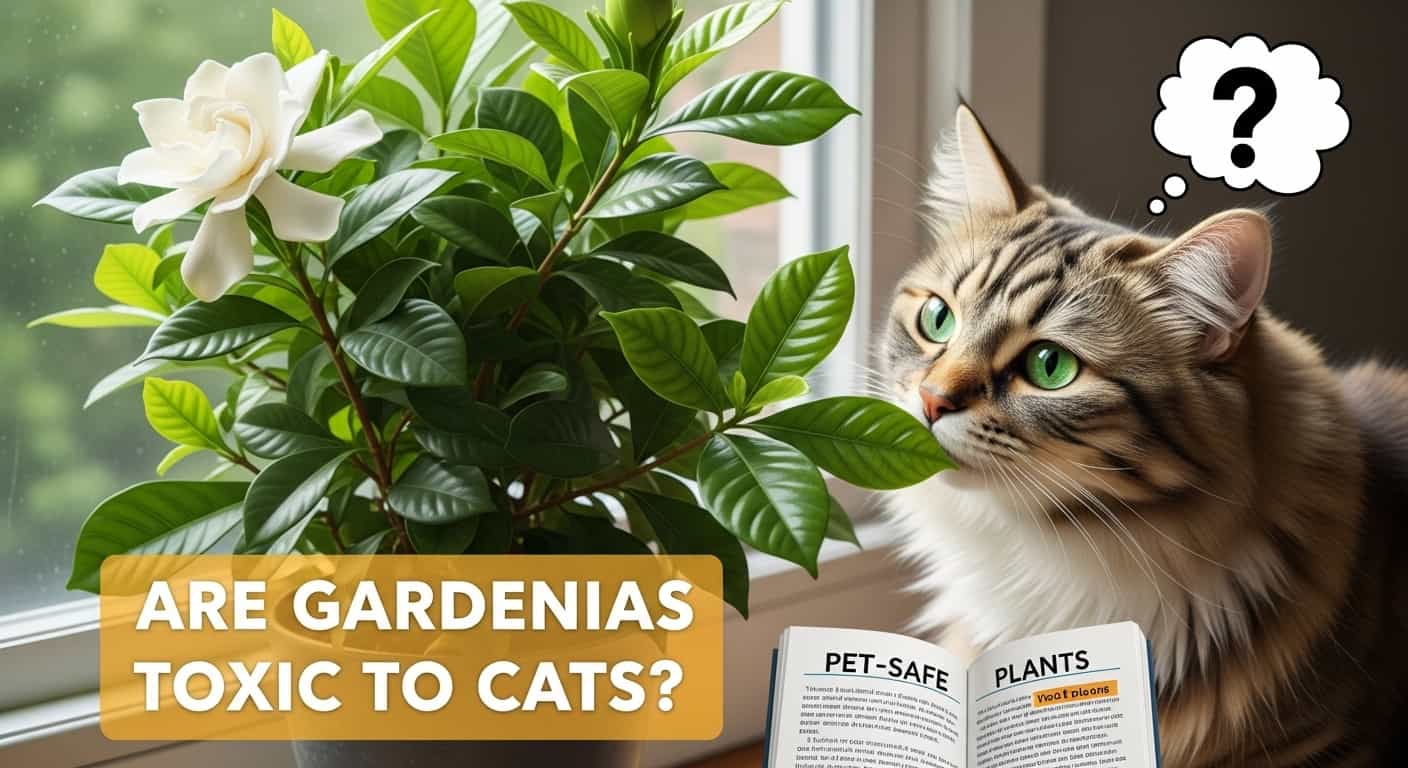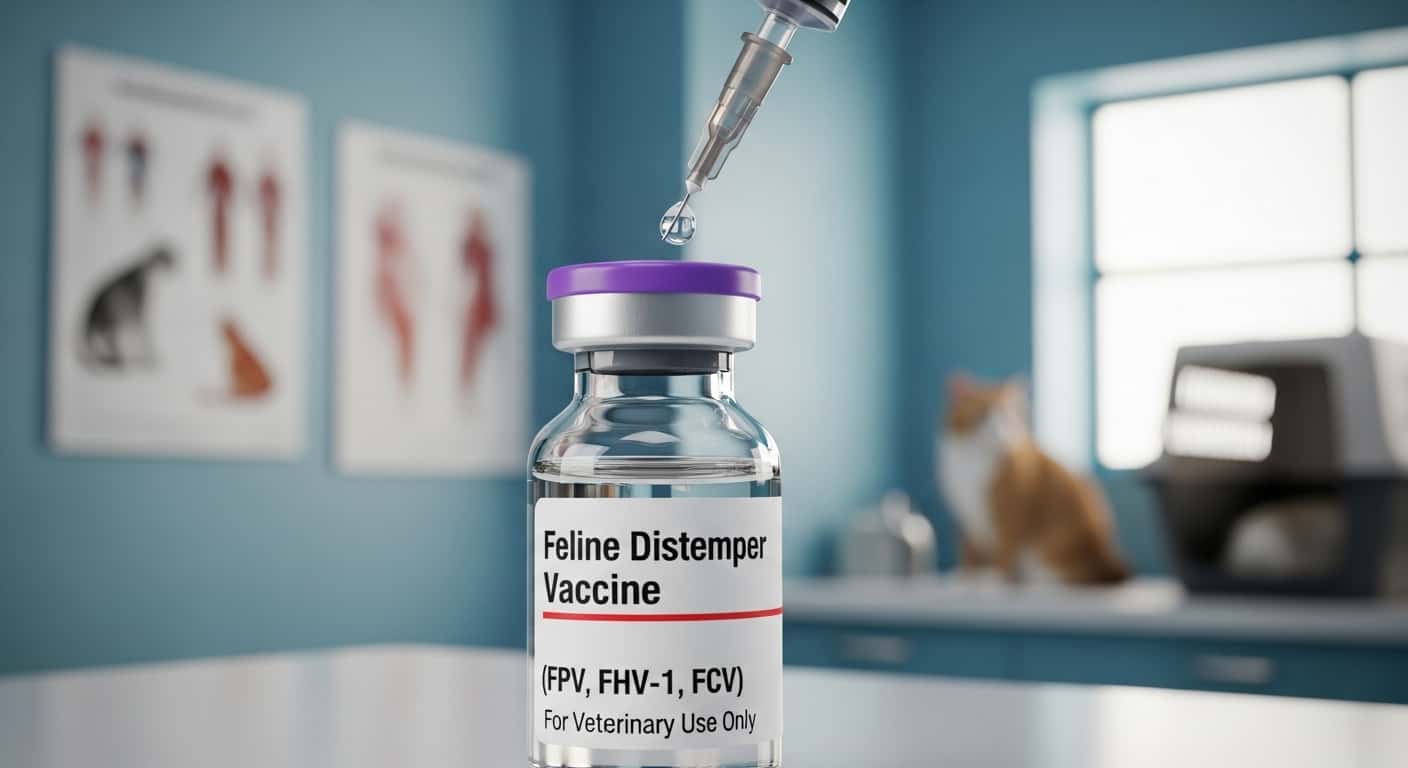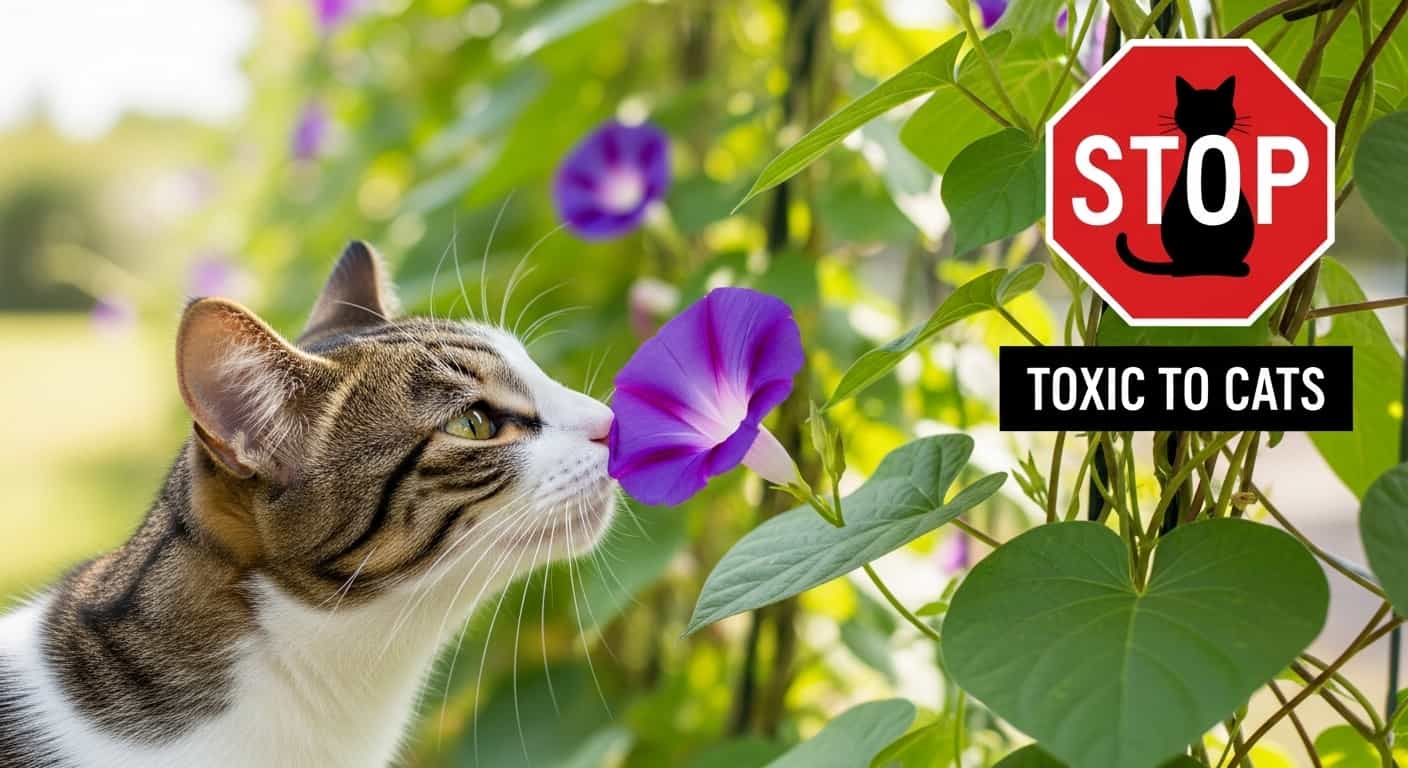Imagine you’re enjoying a peaceful afternoon in your garden, surrounded by the soothing scent of lilacs. But suddenly, a thought crosses your mind—are these beautiful blooms safe for your feline friend?
Table of Contents
ToggleIf you’re a cat owner, the safety of your pet is always a priority. You may have heard conflicting information about lilacs and their effect on cats. This uncertainty can be unsettling. You want to ensure your garden is not only a haven for you but also a safe space for your beloved pet.
We’ll unravel the truth about lilacs and their potential toxicity to cats, providing you with peace of mind and clear answers. By understanding the nature of lilacs and their interaction with cats, you’ll be better equipped to create a harmonious environment for both you and your furry companion. Dive in to discover the facts and gain confidence in your choices.
Lilacs And Their Characteristics
When you think of lilacs, you might picture their enchanting blossoms and captivating aroma that fills the air during springtime. These elegant plants, known for their colorful blooms, are often found in gardens and homes. But if you have a curious cat at home, you might wonder whether these beautiful flowers pose any threat to your feline friend. To understand the relationship between lilacs and your cat’s safety, let’s dive into the characteristics of lilacs and explore their common varieties, growth, and blooming patterns.
Common Varieties
Lilacs come in various types, each with its unique charm. The most popular variety is the Syringa vulgaris, commonly referred to as the common lilac. It boasts a delightful purple hue, although you might find them in white or pink.
Another fascinating type is the French lilac, known for its large, double flowers. If you love variety, consider planting the Miss Kim lilac, which offers stunning lavender-blue blossoms. These types bring a splash of color to any garden, but are they safe around cats? Let’s explore further.
Here's a related post that you might find useful. Cat Swollen Eye Treatment at Home: Easy Remedies for Quick Relief
Growth And Blooming
Lilacs typically bloom in the spring, offering a visual feast that lasts several weeks. They thrive in well-drained soil and love basking in the sun. When planting lilacs, ensure they have enough space to grow, as some varieties can reach up to 15 feet tall.
Regular pruning helps maintain their shape and encourages healthy growth. As you nurture these plants, take note of how your cat interacts with them. Are they intrigued by the blossoms or do they steer clear?
While lilacs are not toxic to cats, it’s still essential to observe your pet’s behavior around them. Cats are curious by nature, and while they might not eat the flowers, they could chew on leaves or branches. Have you ever caught your cat playing with your lilacs? What was their reaction?
Planting lilacs can offer beauty and joy to your garden. However, always consider your cat’s safety when introducing new plants. Wouldn’t it be great to enjoy your garden without worrying about your furry friend’s well-being?
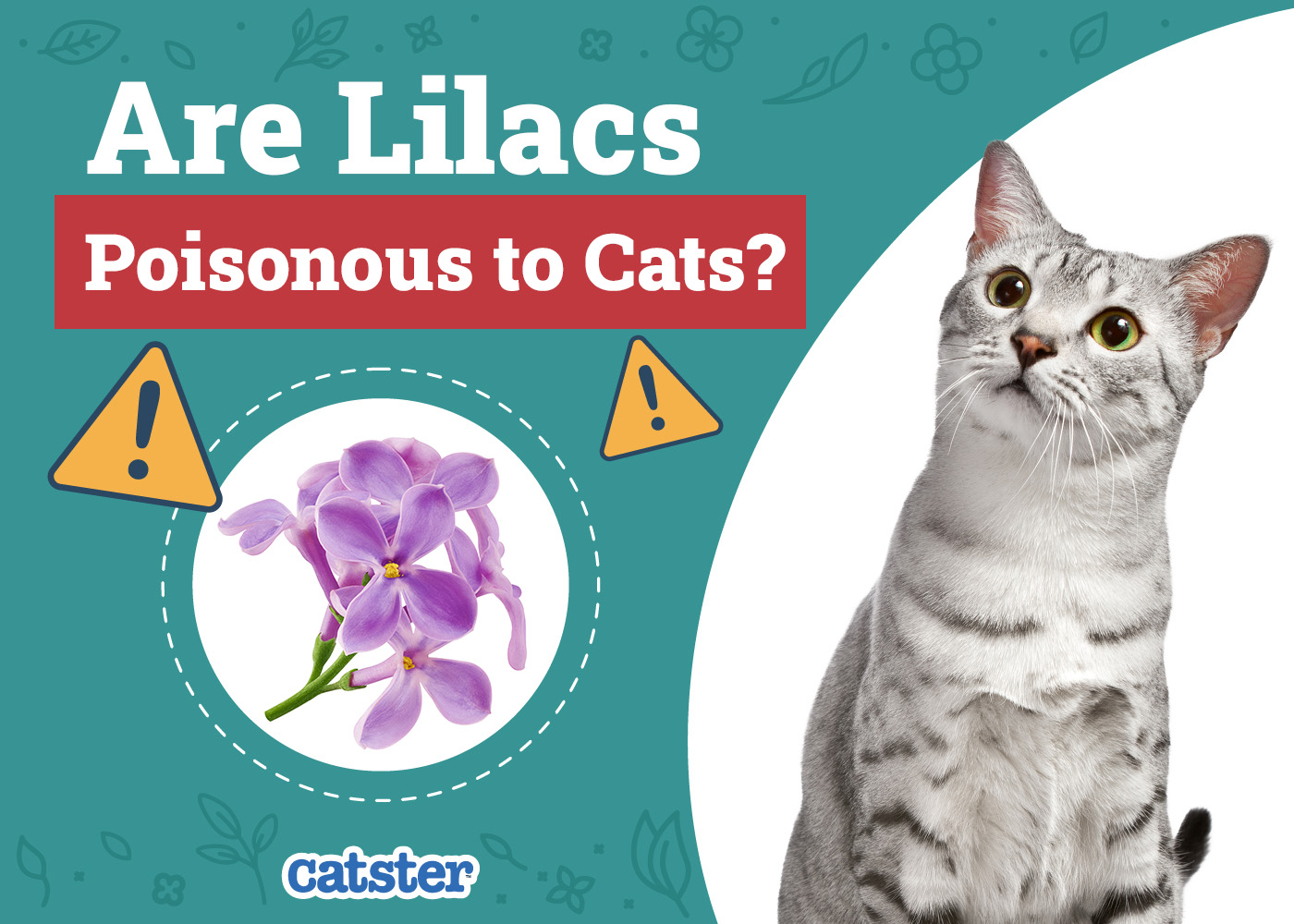
Credit: www.catster.com
Toxicity Concerns For Pets
As a pet owner, you want your furry companions to be safe and healthy. One question that might pop up is about the plants in your garden. Are they safe for pets? Lilacs are a common garden plant, and while their fragrance is delightful, it’s crucial to know if they pose any danger to your cats.
General Plant Toxicity
Many plants can be harmful to pets. Some might cause mild irritation, while others can be fatal. It’s important to identify the plants in your home and garden. Surprisingly, lilacs are not considered toxic to cats. However, not all plants share this status.
Consider lilies, which are extremely toxic to cats. Just a nibble can lead to kidney failure. Even non-toxic plants can cause a stomach upset if ingested. Always research the plants you bring home.
Here's a related post that you might find useful. Natural Cure for Cat Bladder Infection: Effective Remedies That Work
Signs Of Toxicity In Cats
Your cat might not tell you directly if they’re feeling unwell, so it’s vital to know the signs. Look for symptoms like drooling, vomiting, or lack of appetite. These could be indicators that your cat has ingested something harmful.
Have you ever noticed your cat behaving strangely after playing in the garden? This could be a sign of plant toxicity. If you suspect your cat has eaten a toxic plant, contact your vet immediately. Quick action can prevent serious health issues.
Keep a list of common toxic plants handy. Share it with friends who have pets. Knowledge is power, and it helps protect your beloved animals. What steps will you take to ensure your garden is pet-safe?
Lilacs And Cats: Myth Or Fact
Cats and lilacs often share the same garden, sparking curiosity. Lilacs, thankfully, are not toxic to cats. Garden enthusiasts can breathe easy knowing their feline friends are safe around these fragrant blooms.
Lilacs and Cats: Myth or Fact Are you a cat owner who loves the sweet scent of lilacs? Perhaps you’ve heard whispers of lilacs being harmful to your feline friend. It’s time to separate fact from fiction. Understanding the truth about lilacs and their effects on cats can help you keep your pet safe and your garden beautiful.Common Misconceptions
Many believe that lilacs are toxic to cats. This belief often stems from confusing lilacs with other flowering plants that are indeed toxic. Not all purple blooms spell danger for your furry friends. Pet owners sometimes avoid lilacs altogether, fearing potential risks. However, not everything you hear is true. It’s crucial to differentiate between myths and evidence-based facts.Scientific Findings
According to scientific research, lilacs are not toxic to cats. The American Society for the Prevention of Cruelty to Animals (ASPCA) lists lilacs as non-toxic. This means your curious kitty can sniff around them without harm. However, while lilacs are not harmful, ingestion of large quantities might cause mild stomach upset. It’s always best to monitor your pet’s interaction with any plant. Should you trust hearsay or science? Trust science. A little knowledge can go a long way in keeping your cat safe. Now, think about your garden. Are there any plants you avoid because of similar myths? Educating yourself can lead to a more cat-friendly environment.:max_bytes(150000):strip_icc()/common-lilac-bush-1300369534-2000-c4b4f1e6d4844cd8984940425cc23aa6.jpg)
Credit: www.ktpetrolleri.com
Symptoms Of Plant Poisoning In Cats
Understanding the symptoms of plant poisoning in cats is crucial. Cats are curious creatures, often nibbling on plants. Some plants can be harmful, leading to serious health issues. Observing any unusual signs in your feline friend is important. Early detection can make a significant difference.
Physical Signs
Look for signs like vomiting or diarrhea. Cats might drool excessively or have difficulty breathing. Swollen or irritated skin can indicate a reaction. Check for changes in appetite or weight loss. These signs suggest a potential problem.
Behavioral Changes
Notice if your cat becomes unusually lethargic. Restlessness or increased aggression can be a warning. Cats may hide more often or avoid interaction. A once playful cat may seem withdrawn. These shifts in behavior may signal distress.
Immediate Steps For Suspected Poisoning
Lilacs are generally safe for cats, but if poisoning is suspected, quick action is crucial. Remove the plant and call the vet immediately. Offer fresh water to help flush any toxins.
When it comes to our furry companions, their safety is always a top priority. If you suspect your cat has ingested something harmful like lilacs, quick action is crucial. Knowing the immediate steps to take can make all the difference in ensuring their well-being.Emergency Actions
First, remain calm. Panic won’t help your cat. Remove any lilac parts from your cat’s reach and try to determine how much they might have ingested. Look for common signs of poisoning such as vomiting, drooling, or lethargy. If you observe these symptoms, act fast. Call your vet immediately to describe the situation and ask for guidance. In the meantime, avoid giving any home remedies. They can sometimes worsen the situation. Instead, focus on keeping your cat comfortable and hydrated.Veterinary Intervention
Once you’ve spoken to your vet, follow their instructions closely. They may ask you to bring your cat in for an examination. Time is of the essence in these situations. Your vet might perform tests to assess the severity of poisoning and determine the best treatment. This could include activated charcoal to absorb toxins or IV fluids to prevent dehydration. While at the clinic, ask questions. Understanding the treatment process can ease your worries and help you care for your cat once you’re home. Have you ever faced a pet emergency before? How did you handle it? Knowing these steps can empower you to respond effectively, turning a potentially dire situation into one of relief and recovery.
Credit: www.reddit.com
Preventive Measures
Keeping your furry friend safe should be a priority when tending to your garden. Lilacs may seem harmless to us, but they can pose risks to curious cats. It’s vital to take preventive measures to ensure your pets don’t get into trouble. Let’s dive into some practical steps you can take to create a safe environment for your feline friends.
Safe Gardening Practices
Start by selecting pet-friendly plants for your garden. Lilacs are not toxic to cats, but other common garden plants might be. Research each plant before adding it to your space.
Consider creating a designated area for your lilacs. This keeps them separate from other more dangerous plants. You can use barriers or fences to limit your cat’s access to certain parts of the garden.
Regularly maintain your garden. Trim and clean up fallen flowers and leaves. This reduces the chance of your cat ingesting anything harmful. Have you ever found your cat munching on a leaf? A tidy garden can help prevent this.
Monitoring Pets Outdoors
Keep an eye on your cat when they’re outside. Cats are naturally curious and can wander into areas they shouldn’t be. Set aside time each day to watch them play and explore.
Consider using technology to aid your supervision. Pet cameras can help you monitor your cat’s activities without being physically present. Have you tried this? It can be a game-changer.
If you’re unable to watch your cat all the time, create a safe play area. Use netting or enclosures to limit where they can roam. This offers peace of mind and keeps your garden lilacs intact.
Are lilacs the only plant you’re concerned about? By implementing these measures, you can ensure your cat enjoys the outdoors safely, and your garden thrives without worry.
Alternatives To Lilacs In Gardens
Lilacs are beautiful but can be toxic to cats. Consider safe alternatives like lavender or roses for your garden. These options add color and fragrance without harming pets.
Are you a cat lover who also has a passion for gardening? You might be surprised to learn that lilacs, while beautiful and fragrant, could pose a risk to your feline friends. But don’t worry, your garden can still be a safe haven for your pets. Let’s explore some alternatives to lilacs that ensure your garden remains both stunning and pet-friendly.Non-toxic Plants
When considering plant options for your garden, it’s crucial to prioritize safety for your cats. Did you know that there are numerous non-toxic plants that can add vibrant colors and textures to your outdoor space? Calendula is a perfect choice, with its bright orange blooms. It’s not only safe for cats but also attracts beneficial insects like bees. Snapdragons offer a splash of color and are safe for cats to sniff around. Sunflowers can be a show-stopper in your garden. Their towering presence is majestic, and they’re harmless to your furry companions. These options allow you to create a lively and safe garden without compromising on aesthetics.Creating Pet-friendly Spaces
Gardens should be a sanctuary for everyone in your household, including your pets. Think about how you can design spaces that cater to your cats’ curiosity and need for exploration. Consider adding cat-safe grasses like oat grass or catnip. Cats love nibbling on these, and they’re completely safe. Create shaded areas with large, leafy plants or small bushes where your cats can relax on hot days. Design pathways with natural stones or pebbles that provide a tactile experience for your pets as they wander. Reflect on how your garden can be a place of play and relaxation for your cats. How can you make it more enjoyable for them? Avoid using chemicals and fertilizers that could harm your pets. Opt for organic alternatives whenever possible. Your garden can be a beautiful, safe retreat for you and your feline friends. Embrace the challenge of creating a pet-friendly paradise without lilacs. What unique features will you add to your garden?Frequently Asked Questions
Are Lilacs Harmful To Cats?
Lilacs are not generally toxic to cats. However, they can cause mild digestive upset if ingested. It’s best to keep your cat away from lilacs to prevent any potential issues. Always consult a veterinarian if you notice unusual symptoms in your pet.
Can Cats Safely Chew On Lilac Flowers?
Cats should not chew on lilac flowers. Although they are not highly toxic, chewing can lead to stomach upset. It’s advisable to discourage your cat from interacting with lilac plants to ensure their safety and well-being.
What Symptoms Occur If A Cat Eats Lilacs?
If a cat eats lilacs, they may experience mild symptoms. These include vomiting, diarrhea, or drooling. These symptoms are generally not severe. However, if they persist, it’s important to consult a veterinarian for advice and care.
How To Prevent Cats From Eating Lilacs?
To prevent cats from eating lilacs, keep plants out of their reach. Use deterrents like citrus sprays around the plants. Providing alternative chewing options like cat grass can also help divert their attention from lilacs.
Conclusion
Lilacs are generally safe for cats. But always stay cautious. Some cats might still react. Keep an eye on your feline friend. Watch for any unusual behavior. If concerned, consult your vet immediately. It’s best to prevent access to plants.
A safe home keeps your cat happy. Regularly check your garden and houseplants. Ensure they’re non-toxic to pets. This helps avoid unnecessary risks. Your cat’s well-being is a priority. Make informed choices about your plants. Enjoy a beautiful garden and a healthy cat.

